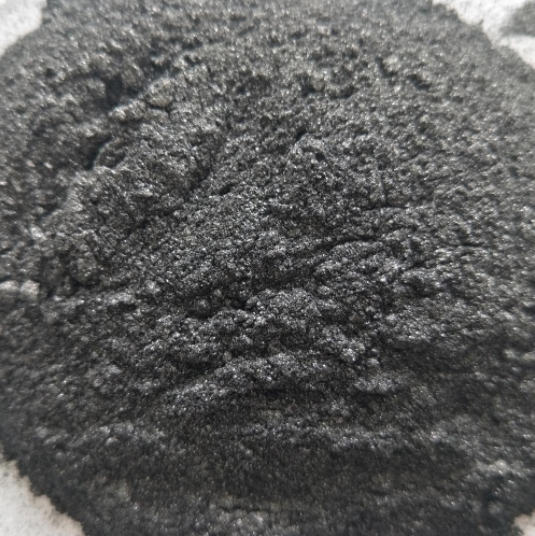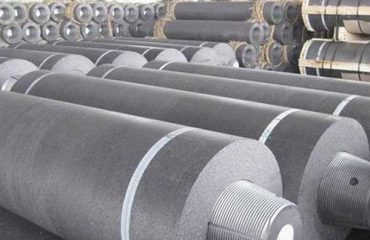
Recently, it was learned from Hangzhou University of Electronic Science and technology that the research team of Professor Dongyuan from the school of mechanical engineering of Hangzhou University of Electronic Science and technology has combined artificial intelligence, in-depth learning and anti generation technology with the research and development of new materials to develop an artificial intelligence system for graphite/ boron nitride composite two-dimensional materials.
In the traditional material science research, new materials need to go through the stages of theoretical discovery, laboratory preparation, engineering manufacturing and practical application. This process takes at least 20 to 30 years, resulting in “time-consuming and labor-intensive” material research. The application of artificial intelligence to the research and development of new materials is a new attempt to solve the problem that the current research and development cycle of materials is too long and the cost is too high.
Dong Yuan’s research team used large-scale high-throughput computing to collect a large number of structure band gap correlation data as the learning data set of artificial intelligence. They have built several sets of deep convolution neural networks, which can learn the existing structure band gap data and accurately predict the band gap of any new structure that is not in the data set, with an accuracy of up to 95%.
“The band gap of this kind of materials can be widely adjustable between conductors and wide band gap semiconductors, and is highly dependent on the spatial arrangement of atoms. It has important application potential in high-performance storage and optoelectronic devices.” Dongyuan pointed out.
In further research, Dong Yuan’s team hopes that AI can assume the role of a material scientist, that is, it can actively design materials according to user needs.
“We use the confrontation generation network (GAN), which has attracted much attention in recent years, to achieve this.” Dongyuan said. By embedding the “hidden neural layer” in the deep convolution network with the “discriminator” in the countermeasure generation network, the “conditional generation countermeasure network” designed by them can automatically generate new graphite/boron nitride structure according to the user’s demand for band gap, and the accuracy can still reach about 90%.
Dong Yuan’s team also observed the process of condition generation antagonism network tracking the coupling relationship between material structure and physical properties through data dimensionality reduction on the hidden neural layer, and partially explained the interpretability of artificial intelligence in the application of material science.
Recently, Zhejiang Province issued the “fourteenth five year plan” for the development of new material industry in Zhejiang Province, which clearly stated that it would strive to preliminarily build a globally influential new material industry highland by 2025.
“The progress of artificial intelligence in accelerating the research and development of new materials is exciting. It urgently needs the sincere cooperation and close unity of scientists in the field of materials, information science and experts in the material industry to promote its development.” Dongyuan said.

